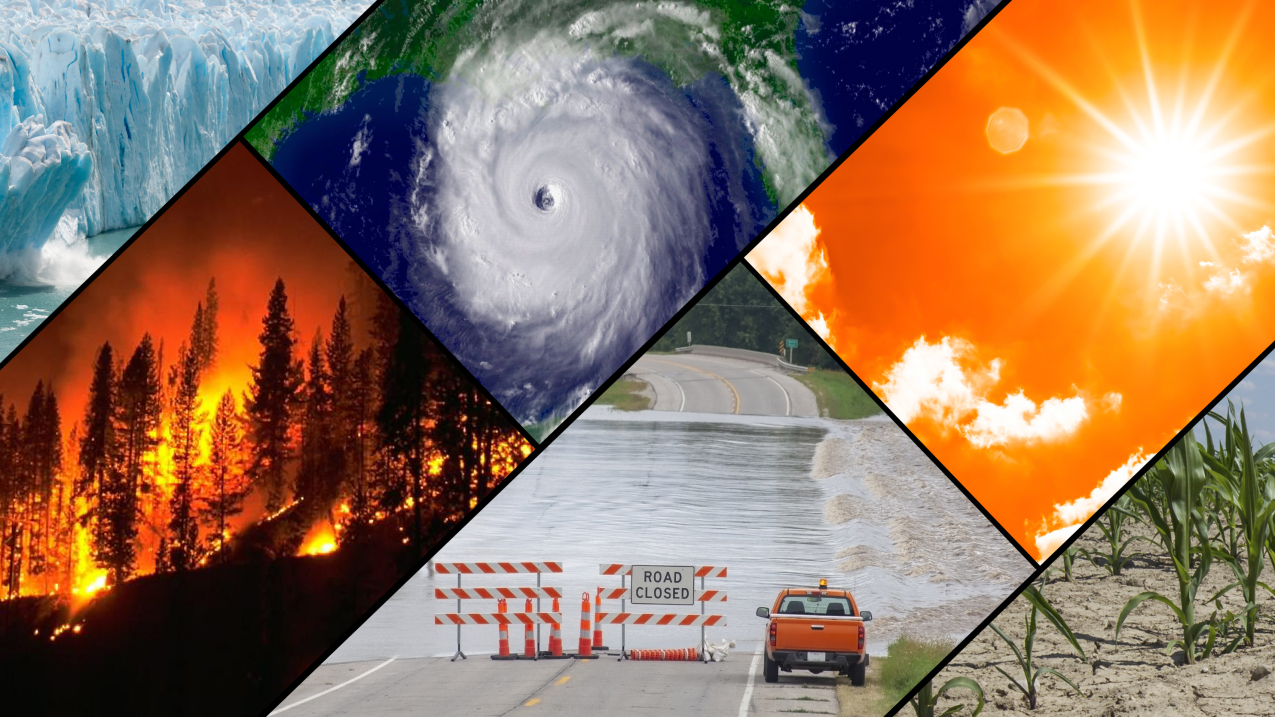Global heating is causing vegetation to dry out, priming it as fuel for an outbreak of fire, says scientist at Nature Conservancy
The devastating fires in Hawaii, where at least 55 people have died after a conflagration that engulfed the historic town of Lahaina, were worsened by a number of factors including climate change, scientists have said.
Rising global temperatures and drought have helped turn parts of Hawaii into a tinderbox ahead of one of the deadliest fires in modern US history, with these conditions worsened by strong winds from a nearby cyclone. Katharine Hayhoe, the chief scientist at the Nature Conservancy, said that global heating is causing vegetation to dry out, priming it as fuel for an outbreak of fire. “Climate change doesn’t usually start the fires; but it intensifies them, increasing the area they burn and making them much more dangerous,” Hayhoe tweeted.
Nearly a fifth of Maui, the Hawaiian island where the fires have occurred, is in severe drought, according to the US Drought Monitor. The island has experienced other serious fires in recent years, with blazes in 2018 and 2021 razing hundreds of homes and causing the evacuation of thousands of residents and tourists. Experts say that wildfires in Hawaii are now burning through four times the amount of area than in previous decades, in part due to the proliferation of more flammable non-native grasses but also rising global temperatures.
“We can say there are conditions that are consistent with wildfire, wildfire size and expansion that are changing as climate changes,” Erica Fleishman, a climate scientist at Oregon State University told CNN. “And some of the things that we’re seeing with this wildfire in Maui are consistent with some of the trends that are known and projected as climate changes.”
Wildfires on Maui
Hawaii is experiencing increasingly dry conditions, with scientists calculating that 90% of the state is getting less rainfall than it did a century ago, with the period since 2008 particularly dry. The growing susceptibility of Hawaii to major fires was highlighted by a 2015 study that found that rainfall has been 31% lower in the wet season since 1990, in selected monitoring sites on the islands. The state, known for its volcanoes and lush forests, is in parts drying out as global heating continues to escalate.
The flames that tore through Lahaina, meanwhile, were fanned by winds from the passing Hurricane Dora and the climate crisis is causing an overall increase in strong cyclones in the central Pacific. The influence of the cyclone upon the fires surprised scientists, given that Dora was churning around 500 miles away from Maui. “Hurricane Dora is very far away from Hawaii, but you still have this fire occurrence here,” said Pao-Shin Chu, Hawaii’s state climatologist. “So this is something we didn’t expect to see.”
Those concerned about the climate crisis, meanwhile, called for further efforts to combat global heating from Joe Biden, who has declared a federal disaster in Hawaii. “We need to take action immediately or else it will get even worse,” said Jeff Merkley, a Democratic senator. “The extreme wildfires in Lahania, in this summer of climate disasters, are yet more proof that we are in a climate emergency and this crisis is killing us,” said Kaniela Ing, a climate activist and indigenous leader in Hawaii.

